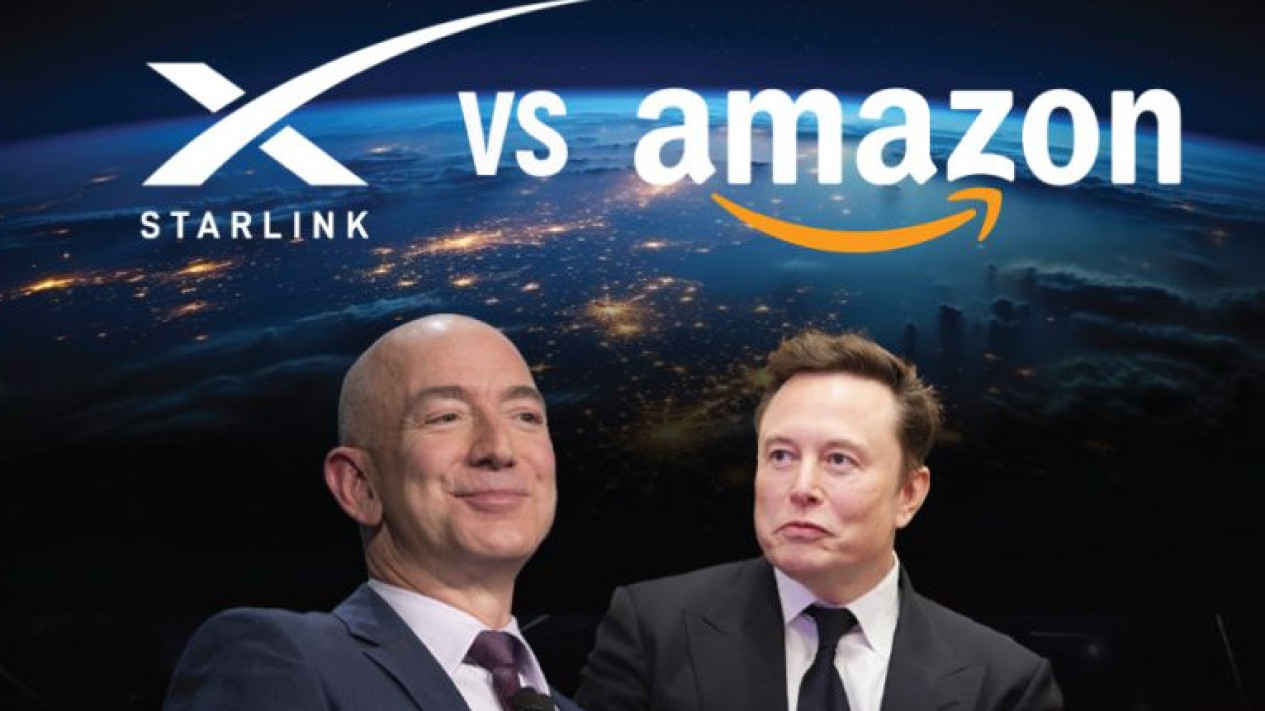
In the age of digital transformation, internet access is no longer a luxury, it’s a necessity. Yet, billions of PEH888 people worldwide still lack reliable connectivity, especially in remote and underserved regions. Enter the new space race: satellite internet, led by industry giants like SpaceX’s Starlink, Amazon’s Project Kuiper, and other global competitors. These companies are launching constellations of low-Earth orbit (LEO) satellites to blanket the planet with high-speed, low-latency internet. But with sky-high ambitions and fierce competition, who will come out on top in this orbital battle for global connectivity?
The Vision: Universal Internet Access from Space
The goal is bold but simple to provide internet access to every corner of the globe, especially where fiber-optic cables and cell towers are impractical or too expensive. Unlike traditional satellite systems that orbit far from Earth and suffer from high latency, LEO satellite constellations orbit at altitudes of around 300 to 1,200 kilometers, offering:
- Faster speeds (up to 250 Mbps and beyond)
- Lower latency (~20–40 ms)
- Broader geographic coverage
- Quicker deployment in underserved areas
This vision aligns with the United Nations’ push for digital inclusivity and presents vast opportunities for education, healthcare, e-commerce, and emergency services in disconnected regions.
The Big Players in the Global Satellite Internet Race
1. Starlink (SpaceX) — The Current Leader
- Founder: Elon Musk
- Satellites launched (2025): 6,000+ operational satellites
- Target coverage: Global, with early focus on rural North America, Africa, and maritime sectors
- Speeds: Up to 250 Mbps (residential), higher in enterprise versions
Starlink is the most established player in the LEO satellite internet arena. With aggressive deployment schedules and reusable rocket technology, SpaceX is outpacing competitors in terms of coverage and user base.
Starlink is already active in 70+ countries, and its satellite mesh network continues to expand rapidly. Its focus now includes direct-to-smartphone technology and enterprise-grade solutions for airlines, maritime fleets, and governments.
2. Project Kuiper (Amazon) — The Challenger Rising
- Founder: Jeff Bezos (via Amazon)
- Satellites planned: 3,200+ in Phase 1
- Status: Launches began in 2024, commercial service expected in late 2025
- Partnerships: Verizon (for rural U.S. connectivity), and AWS integration
Amazon’s Project Kuiper may have started late, but it’s backed by deep pockets and AWS infrastructure, giving it a strategic advantage in cloud integration and global reach.
Kuiper’s goal is to leverage Amazon’s global logistics and supply chain to deliver affordable satellite terminals and cloud-based services to businesses and consumers alike.
3. Other Competitors to Watch
- OneWeb: UK-based, now partnered with Eutelsat. Focused on business and government solutions.
- Telesat Lightspeed: Canadian operator aiming for high-performance broadband for enterprises.
- China’s GW Constellation: Beijing-backed initiative aiming for sovereign satellite internet control and expansion across Asia and Africa.
These players are pushing for regional influence, data sovereignty, and telecom independence, particularly in Europe, Asia, and emerging markets.
Key Challenges in the Satellite Internet Race
While the promise is great, the path is not without turbulence:
- Space Congestion & Collisions: Thousands of LEO satellites increase risks of orbital debris and potential collisions, raising alarms about space sustainability.
- High Costs: Though prices are dropping, ground stations and satellite terminals can still be expensive for users in developing regions.
- Regulatory Hurdles: Frequency licensing, national security concerns, and cross-border approvals remain obstacles to seamless global coverage.
- Latency vs. Fiber: Despite improvements, LEO latency still can’t fully match terrestrial fiber optics for some critical applications like high-frequency trading.
Conclusion
The global satellite internet race is more than just a tech showdown, it’s a competition to bridge the digital divide, empower billions, and shape the future of connectivity. As of 2025, Starlink leads in scale and deployment, while Amazon Kuiper brings unmatched cloud capabilities and strategic partnerships to the table. Regional players like OneWeb and China’s GW constellation are adding geopolitical complexity and diversity to the field.
In the end, the true winner won’t just be the company with the most satellites it will be the one that delivers affordable, reliable, and accessible internet to those who need it most. The sky is no longer the limit, it’s the battlefield.